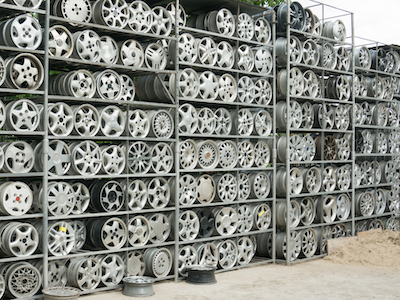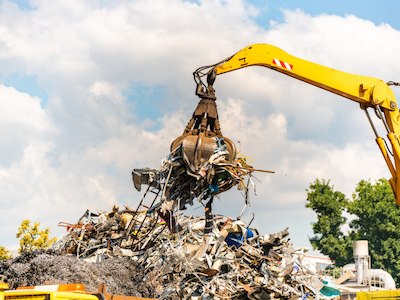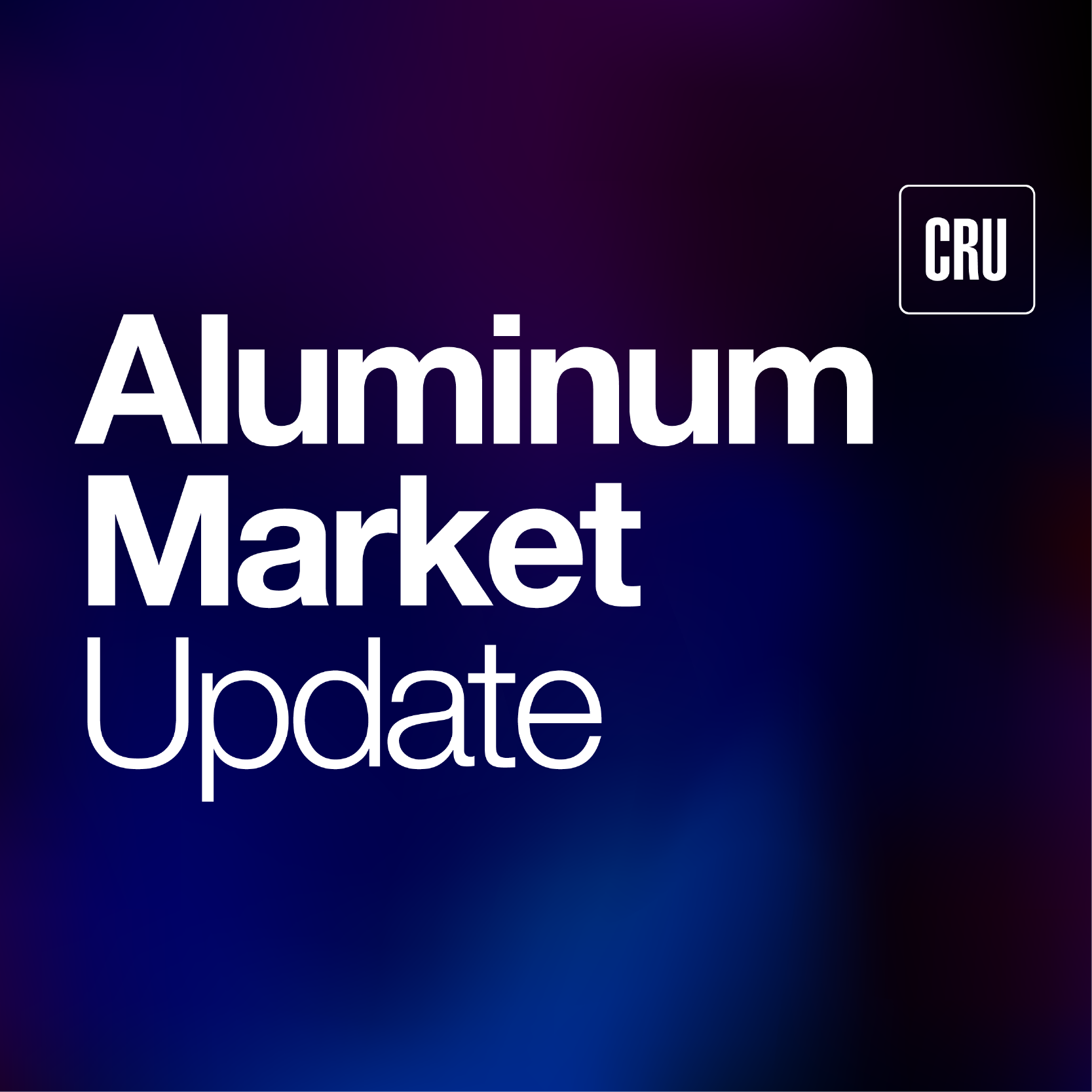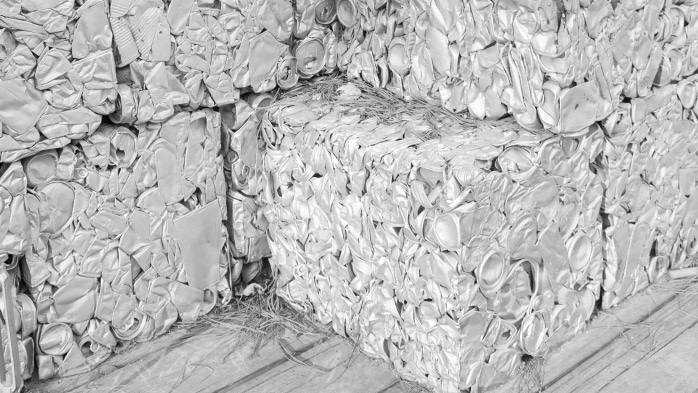Aluminum Scrap Markets

April 11, 2025
Are aluminum swaps in the auto industry just a shiny distraction?
Written by Gabriella Vagnini
The auto industry is changing, but not always in the way headlines suggest. While many are focused on EV rollouts and tariff headlines, there’s another layer to this shift that deserves closer inspection: the reshuffling of metals, especially aluminum, in car production.
Let’s start with a simple question: Will changing the metal content in a vehicle meaningfully shift the car’s sticker price or is it more about adjusting for trade and sourcing constraints?
At today’s chapter meeting in Michigan, a few critical points came up that deserve a second look:
- Aluminum 380 can’t ship to Canada, but scrap like greasy and dross can still ship from Canada into the U.S.
- That’s a red flag on bilateral flow imbalances. If cast product can’t move north but scrap flows freely south, what kind of arbitrage is this setting up? And how long before someone clamps down or takes advantage?
- Domestic 380 is easy to source and people are buying, despite all the trade noise.
- That begs the question, if supply is this accessible, are pricing pressures going to stay muted? Or are buyers just stocking up before summer changes the game?
But here’s where it gets interesting, what does this cross-border dynamic mean for automakers and Tier 1 suppliers trying to meet USMCA rules?
Under the USMCA, automakers must meet a 70% North American aluminum content requirement. If cast parts like 380 aren’t flowing freely across the border, but scrap is, there’s a potential workaround, import the scrap, melt it domestically, and produce compliant cast parts. But that strategy takes time, coordination, and capacity. Not every shop is set up for that.
It also opens the door to more speculative behavior, scrap arbitrage, quick-turn melting, and maybe even off-spec risks as buyers scramble to meet origin rules rather than optimal metallurgy. And if Canada tightens outbound scrap later this year, as some fear, that door could slam shut fast.
What should people really be looking at?
- Are OEMs and suppliers sourcing smarter or just scrambling to stay compliant?
- Could this dynamic shift casting production further south into Mexico to avoid U.S.-Canada bottlenecks?
- And if costs go up for reprocessing scrap into castings, who’s really absorbing that, suppliers or consumers?
This isn’t just about pricing per pound, it’s about engineering, trade compliance, sourcing resilience, and how quickly the rules of the game can change. The real story in autos this year might not be the model releases or flashy tech, but how metals like aluminum are quietly reshaping the supply chain behind the scenes.







